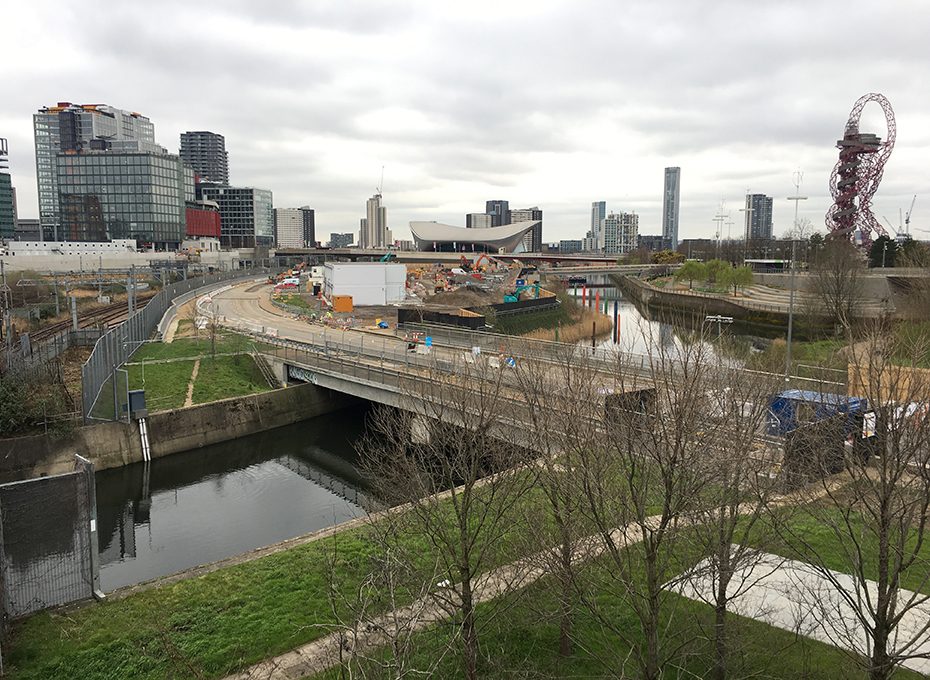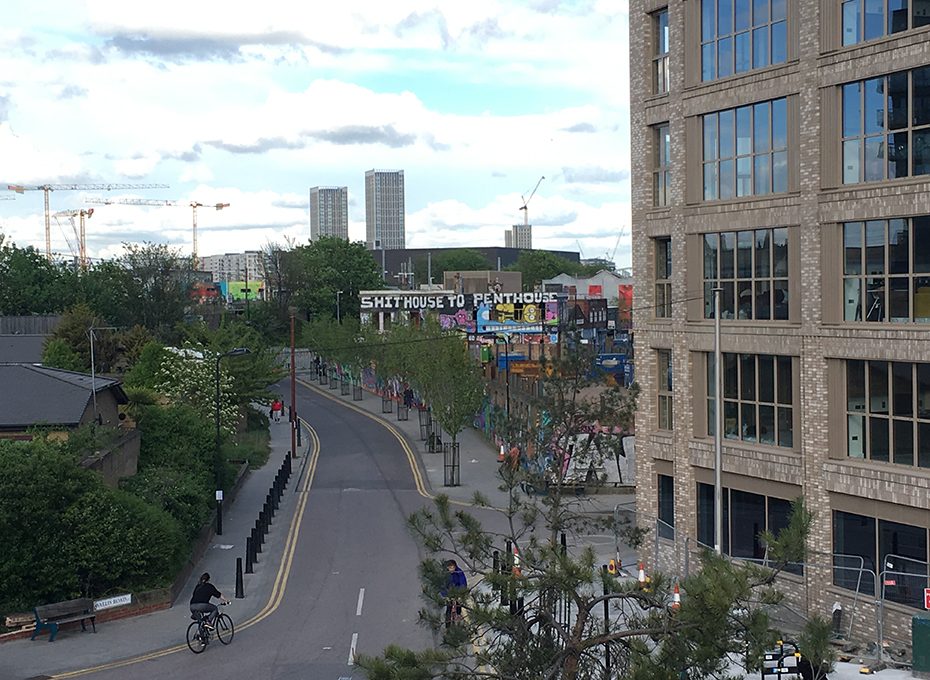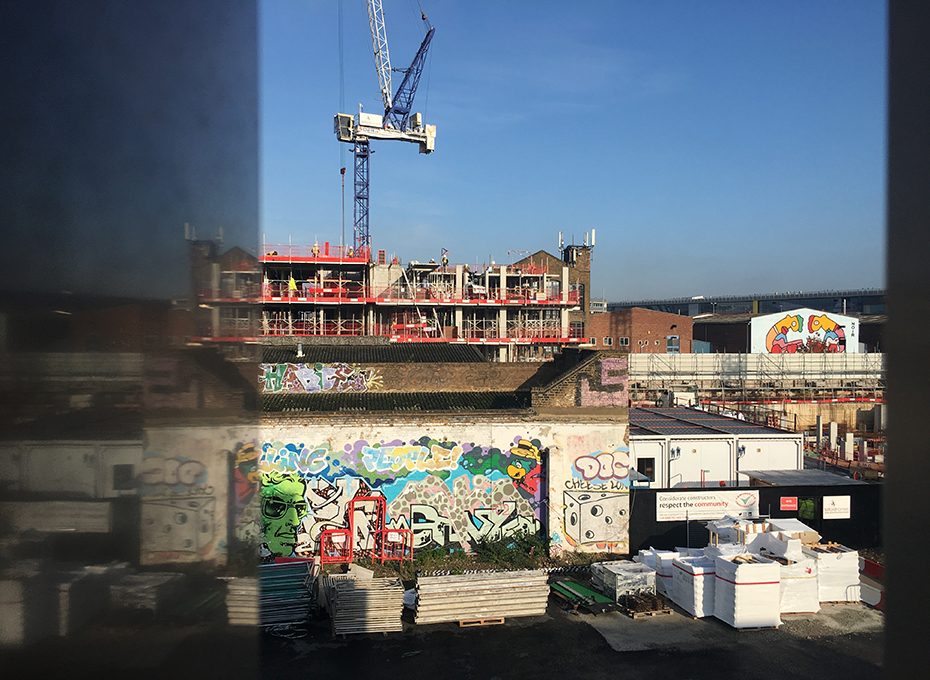Creative Wick x ftwork: Living Lab
demonstrating that urban regeneration, driven by creative social enterprise, can deliver sustainable, mixed-use communities and prevent the negative impacts of gentrification
demonstrating that urban regeneration, driven by creative social enterprise, can deliver sustainable, mixed-use communities and prevent the negative impacts of gentrification
category: ongoing project
A collaboration with Creative Wick, a social enterprise in Hackney Wick and Fish Island that tackles gentrification by building the resilience of the creative and business community. Creative Wick is an exemplar of cooperation, a Cultural Interest Group with free access, in which individual artists, creative enterprises, community organisations, non-profits, local universities, local councils – in fact all those with an interest in the success of the community – can participate and find mutual support. ftwork is collaborating in Creative Wick’s initiative Living Lab, set up to test with practical examples the hypothesis that urban regeneration, driven by creative social enterprise, can deliver sustainable, mixed-use communities. If this can be demonstrated beyond doubt, it will help convince investors, developers and local authorities that this slow-burn, sustainable model works and can be replicated.
Fifty years after the term ‘gentrification’ was coined by the British sociologist Ruth, it continues to transform the character and social make-up of London’s traditional communities. Driven by the need for affordable housing and workspace, run-down but well-located neighbourhoods begin to attract a diverse mix of new uses and people, creating energy and economic activity. The new interest and atmosphere draws in well-heeled owner-occupiers and investors, driving up property values and rents, while driving out traditional businesses and lower-income residents and so reducing diversity.
The American author and social activist Jane Jacob made an important distinction between ‘good gentrification’ and ‘bad gentrification’: “In poor neighborhoods, a little gentrification, the start of gentrification, is usually quite constructive… because it brings in new blood, new disposable income, and often helps the pride of the neighborhood because some things are visibly improved”. But this turns ‘bad’ when new development begins to accelerate and displacement occurs, with the resulting loss of diversity. The question she identified was when and how to stop the process?
This is one of the questions Creative Wick has been addressing since it was founded in 2010, to help deliver the London 2012 Olympic Legacy. A non-profit social enterprise, it set about organising the local creative and business community to build resilience. It lobbied City Hall for official status – firstly as a creative Business Improvement District and then, last year, as a Creative Enterprise Zone. Today Creative Wick works across three core areas ensuring the promised Olympic Legacy continues to be delivered locally: connection; activation; research.
Creative Wick has had demonstrable success in ensuring that Hackney Wick (and nearby Fish Island) retain much of their character and sense of community, while facilitating the growth of creative businesses and social enterprise. The Living Lab initiative is setting out to evaluate this success, in a series of collaborative research projects with local higher education institutions and social entrepreneurs. It aims to identify what interventions are needed, in periods of rapid urban development, to ensure sustainable, mixed-use growth that benefits all sectors of a community.
Soon to be revealed, Living Lab is currently preparing a series of pilot research projects in partnership with local universities, including into the impact on the community of Covid-19. As a trusted local network, Creative Wick has played a crucial part in the local response to the pandemic, helping to kickstart numerous community projects during lockdown.
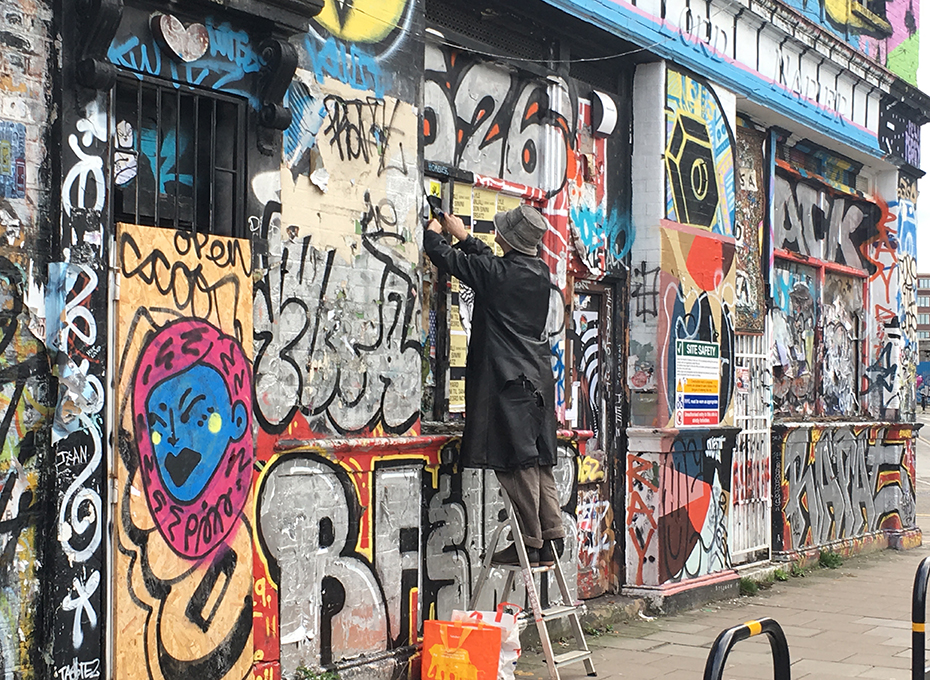
ftwork is working in close collaboration with Creative Wick, providing strategic support and funding to the Living Lab. We have also been facilitating links with other potential collaborators and funders, as a result of which the Living Lab is gaining considerable backing from organisations at the forefront of creating social change.
“Creative Wick Living Lab represents a step-change in the way we think about collaboration and partnerships to support thriving communities and economic recovery... The Young Foundation is excited by the possibility of working alongside, and with Creative Wick to test, learn and share what works. ”
— Helen Goulden, CEO The Young Foundation
Creative Wick is itself an effective collaborator and, like ftwork, has identified the need to evaluate successful models of community-led regeneration, so that they can be properly understood and replicated. We agree that the best way to do this is to integrate research, innovation and evaluation.
The Living Lab’s approach will be user-centred and collaborative and ftwork will be one of a range of partners helping to foster open, collaborative innovation in real-life environments. These ‘live’ projects will be studied and subjected to experimentation, with the intention of developing new solutions to the problems of gentrification.
Creative Wick will act as facilitator and the link between partners and other participants: citizens, research organisations, corporates, local employers, public authorities. ft’work will help engage with partners and secure funding, while providing practical support and bringing its own experience to bear.
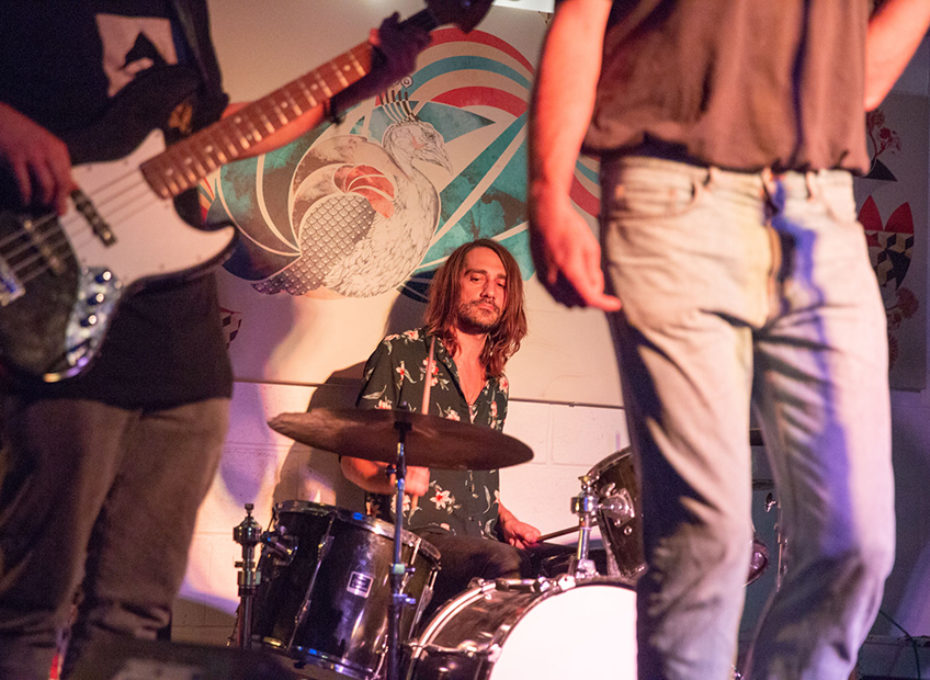
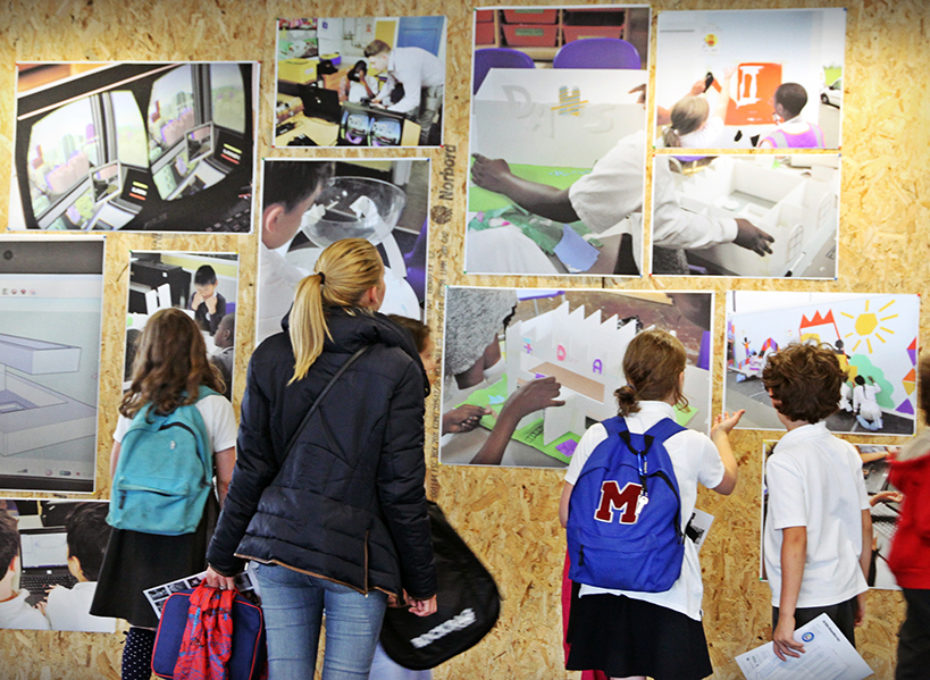
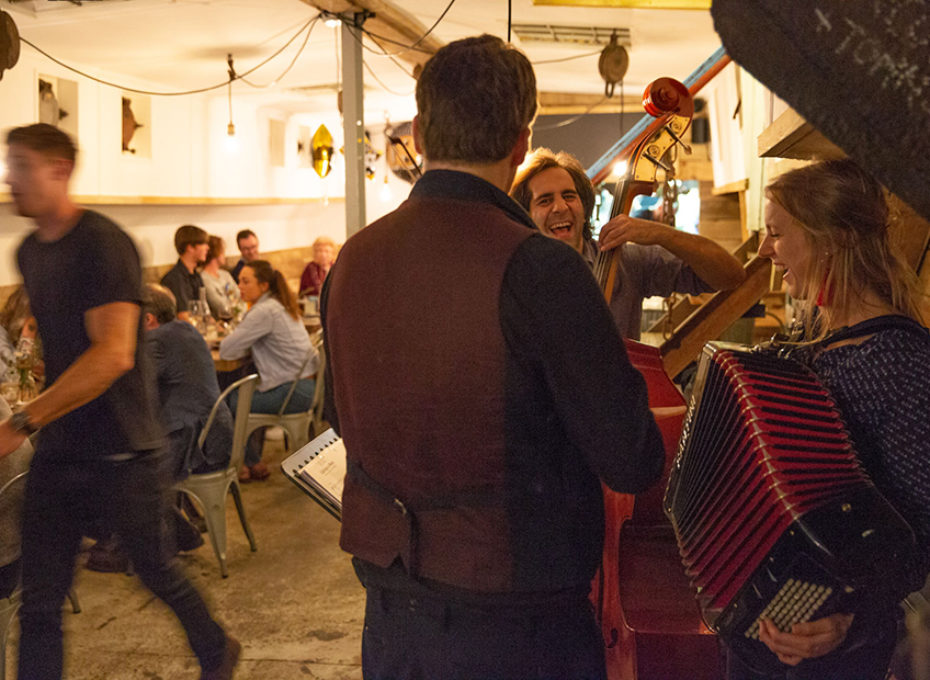

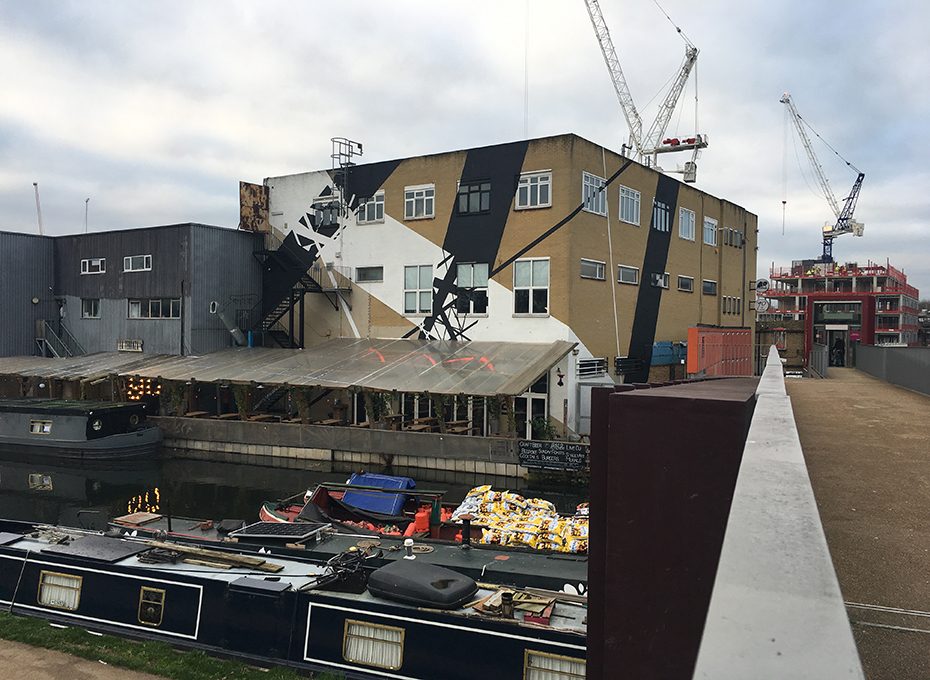
ftwork has a particular interest in community-led regeneration and in demonstrating its potential for success. Development is driven by economic expediency rather than for the common good and if this is to change we must demonstrate the tangible benefits a more socially aware, community-led approach. Only then will investors see that there’s a socially sustainable alternative to the top-down, asset-driven model of development. ft’work has an important role to play in sharing knowledge and best practice, supporting innovation and provoking a debate around policy change.
